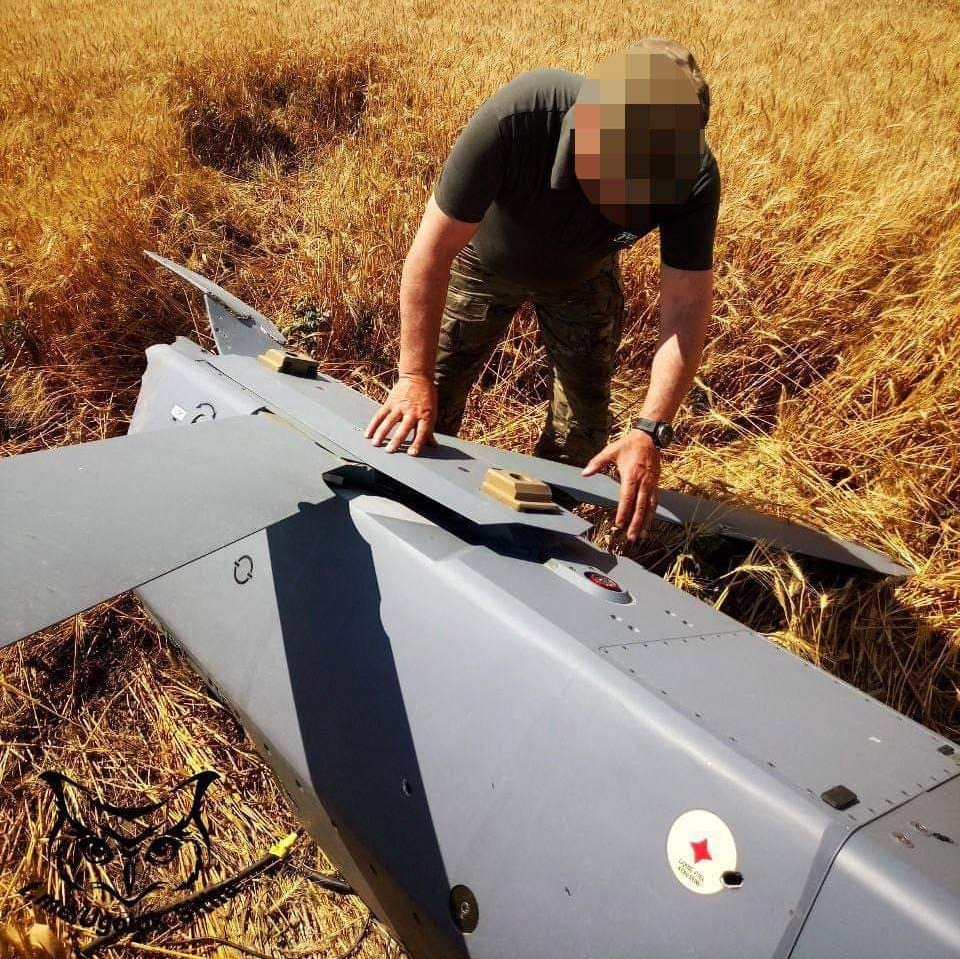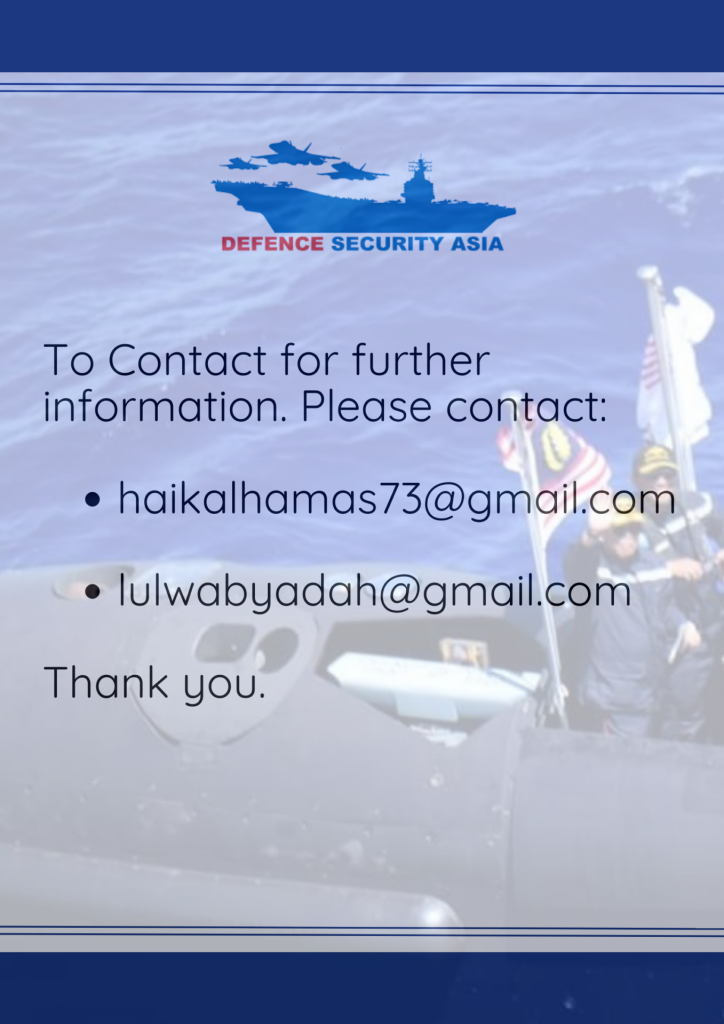Once Hailed as Ukraine’s Game Changer, Storm Shadow Cruise Missile Now Quietly Fades from View
Yet, as December 2024 unfolded, reports concerning Storm Shadow missile strikes became increasingly scarce. Defence analysts monitoring the conflict via platforms such as X reported a noticeable reduction in operational claims.
(DEFENCE SECURITY ASIA) – Once heralded as a transformative weapon in the West’s strategic arsenal, the Storm Shadow/SCALP-EG cruise missile had inspired confidence among Western political leaders and military strategists, who believed it could decisively shift the balance in the protracted Russia-Ukraine conflict, now deep into its third year.
Such confident rhetoric was notably pronounced in November 2024 when Kyiv received unprecedented approval from Britain and the United States to deploy these advanced long-range cruise missiles against strategic targets deep inside Russian territory, signaling a marked escalation in Western support and a willingness to test Russia’s defensive perimeter.
“Today, the Storm Shadow missile is no longer grabbing headlines. By March 2025, reports on its use have significantly declined.”
“The key question now arises: Has Ukraine ceased utilizing the Storm Shadow, or is its role intentionally downplayed?” asked Bulgarian Military, a prominent defence analysis website.
Bulgarian Military, citing open-source intelligence, official statements, and expert analyses, paints a nuanced picture: logistical constraints, vigorous Russian countermeasures—including sophisticated electronic warfare and reinforced air-defence systems—and the shifting sands of geopolitical alliances appear to have relegated the Storm Shadow from strategic game-changer to an understated footnote in the ongoing conflict.
The missile’s initial deployments, however, underscored its impressive potential.

Attacks on high-value Russian military installations in the strategically sensitive border regions of Kursk and Bryansk were verified by both Ukrainian military sources and geo-located imagery extensively shared on platform X during November 2024.
These early operations validated Storm Shadow’s capabilities to effectively strike targets far beyond Ukraine’s immediate front lines, compelling Russian forces to significantly enhance their air defence measures in these vulnerable border areas.
Yet, as December 2024 unfolded, reports concerning Storm Shadow missile strikes became increasingly scarce.
Defence analysts monitoring the conflict via platforms such as X reported a noticeable reduction in operational claims.
Previously frequent, weekly reports accompanied by drone-captured footage and Russian Telegram channels showcasing extensive damage have become rare, suggesting a tangible shift in operational tempo.
On 15 December 2024, the Institute for the Study of War (ISW) issued an assessment indicating Ukraine’s missile stocks were “nearly exhausted,” citing the notable absence of recent resupply efforts from both Britain and France.

The United Kingdom, the primary supplier to Ukraine, had reportedly provided between 100 and 200 Storm Shadow missiles since early 2023, according to defence officials quoted by Reuters.
France, a partner in the missile’s development, delivered significantly fewer units of its SCALP-EG variant.
The missile’s scarcity stems from intrinsic production challenges. Each Storm Shadow missile costs more than US$2 million, reflecting the advanced technology and precision engineering involved.
Manufactured by MBDA, Europe’s premier missile producer, these cruise missiles cannot be mass-produced quickly or cheaply like conventional artillery munitions, thus exacerbating shortages when wartime demands surge.
Moreover, existing Western inventories, already stretched thin by broader global military obligations, proved inadequate to meet Ukraine’s escalating strategic demands, particularly as Kyiv intensified its deep-strike campaign post-November 2024.
Designed through a tripartite collaboration among the United Kingdom, France, and Italy, Storm Shadow—known in France as SCALP-EG (Système de Croisière Autonome à Longue Portée – Emploi Général)—was developed in the early 1990s to serve as an air-launched cruise missile (ALCM) capable of neutralizing high-value enemy targets from safe stand-off distances, well beyond enemy radar and missile defence systems.

Capable of striking targets at ranges up to 560 kilometers (approximately 300 nautical miles), it significantly expands the operational reach of aircraft such as the Tornado, Eurofighter Typhoon, and Rafale fighter jets.
Currently operational within air forces of the United Kingdom, France, Italy, Saudi Arabia, and the United Arab Emirates, the Storm Shadow missile measures 5.10 meters in length and weighs approximately 1.3 tons.
Propelled by the robust Turbomeca Microturbo TRI 60-30 turbojet engine, the missile is capable of swift and precise attacks.
Its navigation system integrates advanced Inertial Navigation Systems (INS), Global Positioning Systems (GPS), and Terrain Reference Navigation, ensuring pinpoint accuracy even in contested environments.
Each missile is pre-loaded with comprehensive targeting data and precise trajectory information to maximize operational effectiveness.


Storm Shadow’s destructive prowess lies in its dual-stage warhead, known as the Bomb Royal Ordnance Augmented Charge (BROACH).
The first stage is engineered to breach reinforced targets, opening pathways for a second, larger warhead that penetrates deeper before detonating moments later, ensuring maximum structural damage and strategic impact.
— DEFENCE SECURITY ASIA


